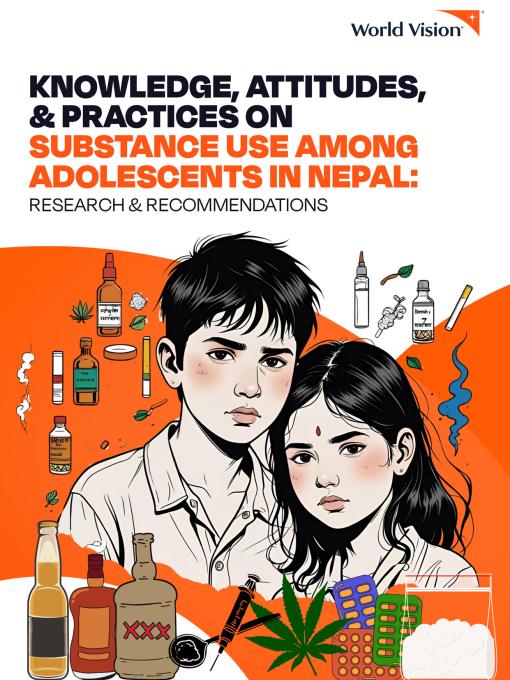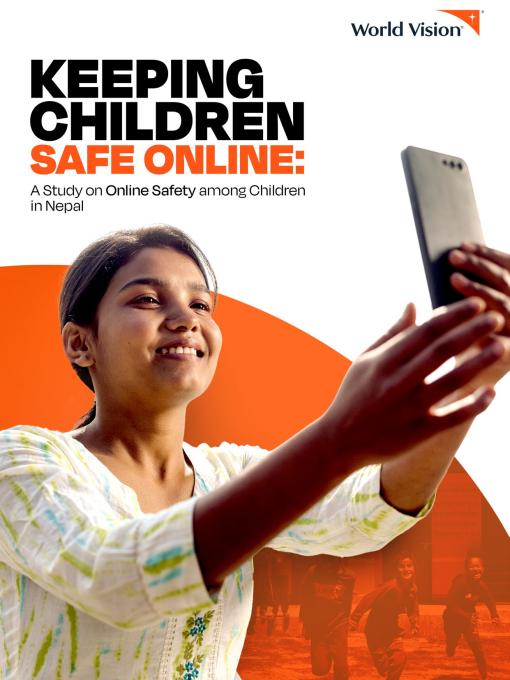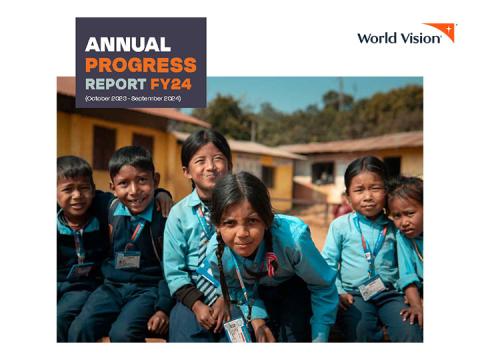Knowledge, Attitudes, and Practices on Substance Use among Adolescents in Nepal
Download
This study explores the knowledge, attitudes, and practices related to substance use among adolescents aged 12 to 18 across five districts in Nepal: Rautahat, Sarlahi, Kanchanpur, Kailali, and Lamjung. With a sample size of 1,021 participants, the research focuses on children under 19 due to their heightened vulnerability to substance use. The substances examined include tobacco, alcohol, marijuana, cannabis, injectables, opioids, and inhalants, with tobacco and alcohol identified as substances of particular concern under Nepal’s Children Act (2018).
Among the respondents, 162 adolescents reported recent use of psychoactive substances, with boys comprising the majority. The median age of users was 17, and the average age of first use varied by substance, starting as early as 13.97 years for tobacco. Alcohol was the most commonly used substance, followed by tobacco and cannabis. Substance use typically occurred in secluded areas, homes, and hospitality venues, with friends being the primary source. Peer pressure emerged as the leading reason for initiation, supplemented by curiosity and entertainment. Financial access to substances was often facilitated through parental money, personal savings, or peer contributions. Knowledge assessments revealed significant gaps among users, with most demonstrating poor understanding of substance-related consequences, availability, short- and long-term health effects, and the types of substances present in their communities. These findings underscore the urgent need for targeted interventions and awareness programs to address adolescent substance use in Nepal.


